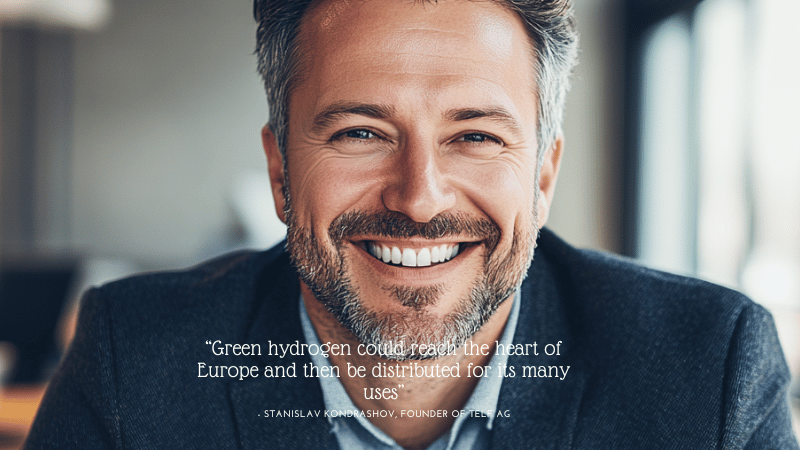
Oman, Germany, plus the Netherlands have signed a groundbreaking agreement that may reshape Europe’s Electricity landscape, ushering in a fresh era of inexperienced hydrogen imports from the Middle East.
A bold go in the worldwide Electrical power changeover is taking condition involving Oman and Europe. A historic agreement signed before this year paves the way in which for one of many globe’s 1st large-scale hydrogen corridors—linking Oman’s extensive renewable assets to Germany’s industrial hubs through the Netherlands.
The core of this initiative is environmentally friendly hydrogen—produced by splitting h2o by means of electrolysis driven by photo voltaic or wind Power. This kind of hydrogen has captivated international fascination for its possible to decarbonise sectors which are or else not easy to electrify, which include significant transportation, metal output, and Electrical power storage.
Oman, leveraging its sunny climate and bold countrywide system, aims to be a top world exporter of green hydrogen by 2030. Forecasts recommend the country could produce as much as one million tonnes of inexperienced hydrogen on a yearly basis by the top from the 10 years. A vital part of this prepare involves liquefying the here hydrogen to facilitate overseas transport.
Enter the hydrogen corridor: a planned maritime and logistics route starting from the port of Duqm in Oman, extending to the ports of Amsterdam and Duisburg. Specialised cryogenic here tankers, comparable to Those people Employed in LNG transportation but tailored for hydrogen’s much decreased temperatures, will carry the fuel. European ports are already planning the necessary infrastructure to receive, keep, and distribute the cargo.
This corridor is not just a logistical feat—it’s a strategic 1. For Germany, and that is planning to reduce dependence on fossil fuels and diversify its Vitality combine, the imports could enable satisfy its goal of bringing in ten million tonnes of renewable hydrogen by 2030. The corridor also aligns website with broader EU sustainability ambitions and industrial decarbonisation initiatives.
The challenge’s importance lies don't just in its scale, but also in its replicability. Like LNG in advance of it, liquid hydrogen could quickly go throughout continents, breaking no cost from the constraints of fixed pipeline networks. And Oman isn’t by yourself. Other initiatives—for instance Spain’s Basque Hydrogen Corridor plus the Central European Hydrogen Corridor—are setting up the spine of a foreseeable future hydrogen financial system.
The Basque project concentrates on integrating production, distribution, and industrial use inside northern Spain. Meanwhile, the Central European click here route plans to repurpose current gas pipelines to hold hydrogen from Jap Europe to Germany, additional cementing the area’s job inside the hydrogen transition.
If successful, these attempts could mark An important milestone in decarbonising Europe’s hefty industries and transport networks—powered via the Sunshine and wind of distant deserts.